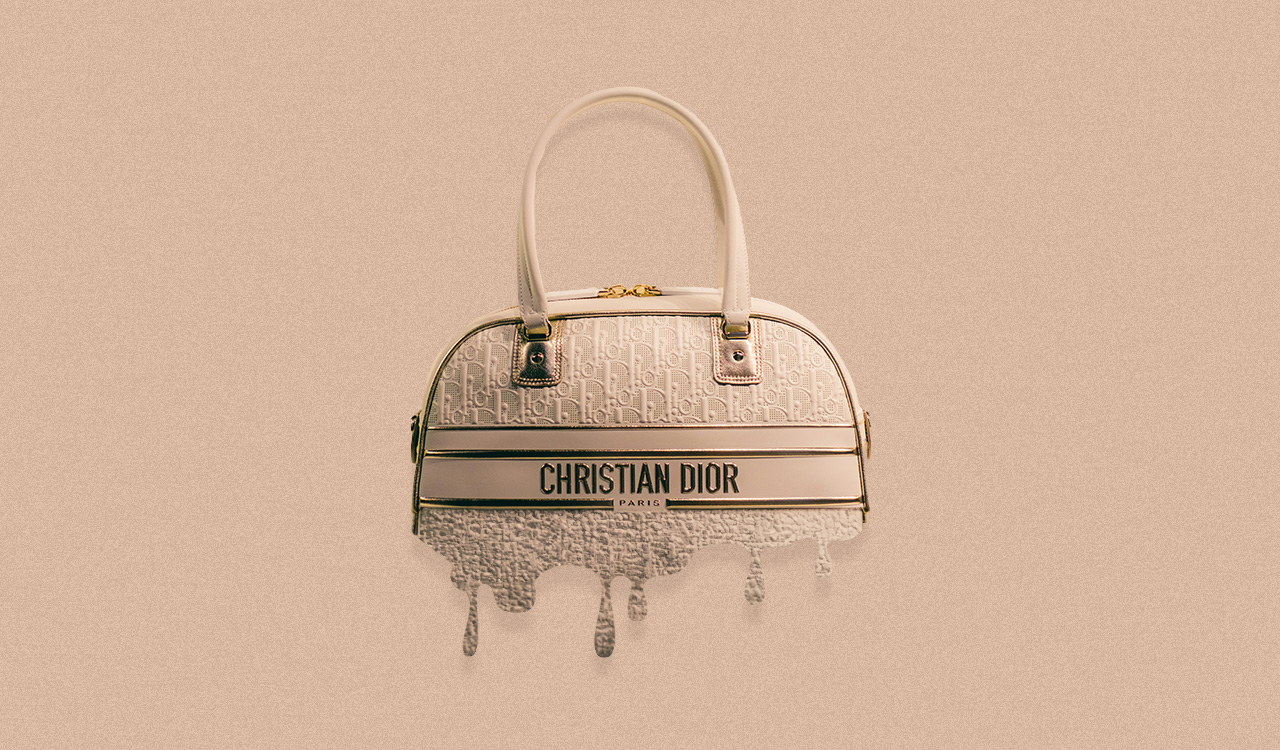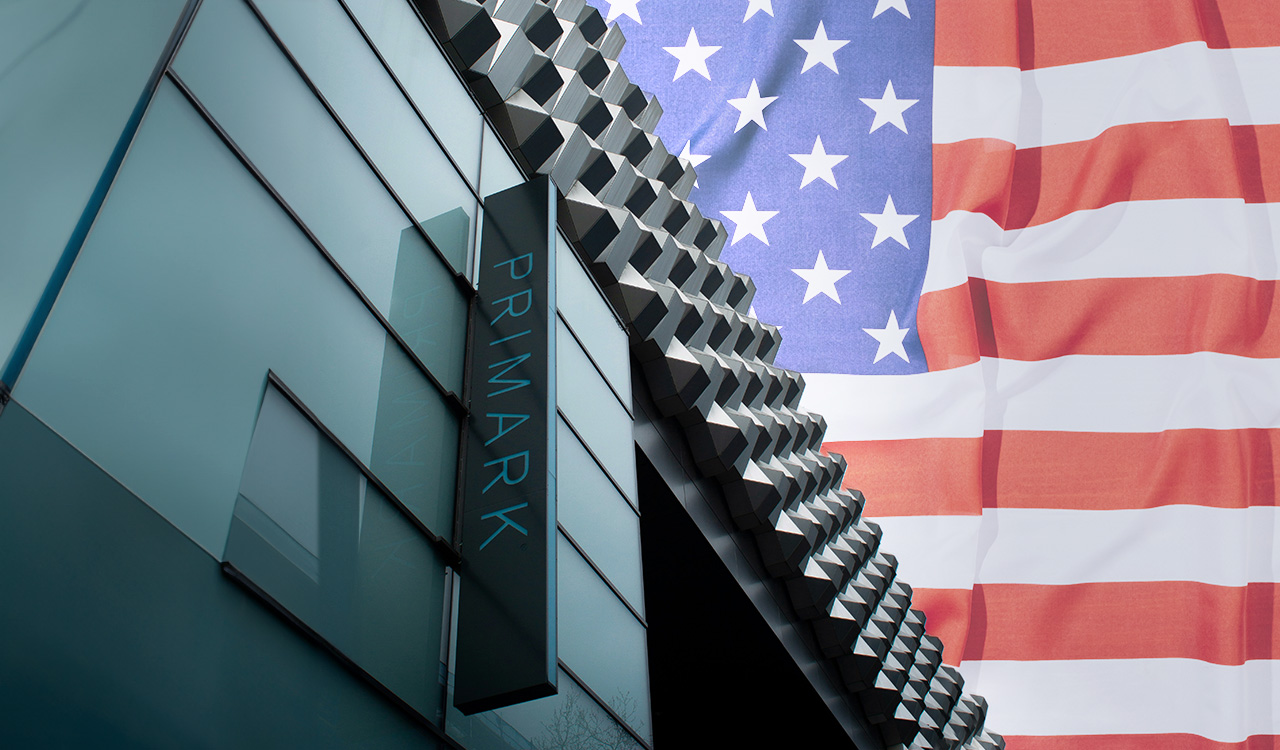These days some retailers find themselves being unwittingly thrown into the political and human rights arena. If a retailer decides to carry merchandise that is unisex or gender-neutral, regardless of its position on non-binary individuals or a genderless population, it is setting itself up for push-back from some consumers. And if it doesn’t carry this category of merchandise, it is setting itself up for push-back by other consumers. The question is how well do retailers know their customers? And how comfortable are they in playing in a gender-fluid playing field in our increasingly polarized and fractious public discourse.
Gender-fluid trends are not exactly new. Let’s go back over a hundred years to the most inclusive shoe ever made, the good old-fashioned Chuck Taylor All Star canvas shoe. Fast forward to 2023 and Nike, who now owns Converse, recently announced its Sabrina Lonescu unisex line for all hoopers.
Retailers need to consider that many members of younger generations like Gen Z and Alpha want to stand up for the rights of others, regardless of their own self-described gender. The majority of both these generations believe in an all-inclusive society. From self-care practices to purposeful actions and activities, Gen Z feels constrained if forced to live in a box that has clear lines of separation, such as race, gender, and ethnicity. The lens of these digital natives has sharpened its focus on driving cultural change, social justice, and equity for all.
Gender Z, Gender Fluid
So, it’s no surprise that gender-fluid fashions are on the rise. From a profit standpoint, retailers might get on the genderless fashion track sooner than later. And there are the eco-friendly benefits of carrying fewer size ranges for brands. The move to genderless styles, also known as, unisex, gender fluid, universal dressing, or non-binary, embraces two core ideas that come from Gen Z consumers:
- Welcoming styles for all and a “something for everyone” mentality
- The moves away from gender binary styles as a shopping preference.
In September 2022, a survey of U.S. consumers showed that younger generations are most likely to buy more gender-neutral fashion: 85 percent of Gen Z respondents and 75 percent of millennials say they were thinking about buying more gender-fluid apparel. The TOBE report also references the Gen Z cohort as thinking beyond binary with a gender-fluid approach to life.
There are two shifts accelerating the demand for gender-neutral styles:
- Casual wear that took off through the pandemic and really stuck, such as hoodies, sweatpants, and track pants, which all play seamlessly into shared non-gender styles.
- The impact that celebrities, influencers, and athletes have had on the fashion growth of style fluidity. In the past, designers dictated the trends that trickled down to the masses: not anymore.
History Repeating
Gender-fluid trends are not exactly new. Let’s go back over a hundred years to the most inclusive shoe ever made, the good old-fashioned Chuck Taylor All Star canvas shoe. Fast forward to 2023 and Nike, who now owns Converse, recently announced its Sabrina Lonescu unisex line for all hoopers. Lonescu is an American professional basketball player for the New York Liberty team of the Women’s National Basketball Association (WNBA) and the line is a gender-neutral performance and lifestyle assortment of merchandise. And Vans, of course, is a mega-trendy niche brand whose young shoppers do not shop by gender. Even before gender-fluid fashions became hot, Vans was selling the same type of shoes to consumers regardless of gender. Influencers play a role in the gender-fluid trend (think Harry Styles, Billie Eilish, Billy Porter, and Ranveer Singh). Many artists, celebrities, and influencers do not pick styles based on gender labels; rather, they pick styles that define who they in their personal expression. Levi has been at the forefront of this movement understanding that celebrities are forerunners to the masses and positioning Levi for everyone.
Right Sizing
A parallel trend to gender-fluid fashion is the fact that consumers today are focused on styles that appeal to them and sizes that fit right. In one survey by UNiDAYS, 80 percent of Gen Z respondents admit they focus on how clothes look and feel, 55 percent say they don’t mind how clothes are labeled, and 65 percent believe brands should give shoppers the option to search for gender-neutral clothing.
The biggest challenge of course is for brands to get the sizing right. One-size-fits-all is not something with universal appeal. It’s unrealistic for one size to fit all; perhaps the label should read, “one size fits most.” Common sizing across a graded scale is probably one of the larger challenges when producing genderless fashion. When it launched its genderless denim line, it took five prototypes and more than 50 fit models of different sizes to develop the line which Everlane says fits everyone. The company developed its own sizing called “The Everyone” size scale, which ranges from E1 to E11. For example, E1 equates to men’s size 26 and women’s size 24, E2 equates to men’s size 27 and women’s size 25, and so on….
New sizing standards require brands and retailers to train associates (physical and digital) and educate shoppers. Easier said than done. Plus the new sizing has to make sense to target markets. Training associates is a challenge for both physical and digital commerce applications. Salespeople will then have to educate and train shoppers on how to locate the right size based on independent sizing specifications. This can be especially complicated for consumers. A person who is an E3 in Everlane may be a size small in U.S. UNIQLO and a medium in Japan. In short, we do not have universal sizing standards (think of the complex footwear market).
Cost Benefits
Reduced apparel over-production is a cost savings with fewer male and female skus, which can mitigate an already saturated marketplace. Potentially, genderless apparel could cut product assortment essentially in half. Fewer styles mean more chances of hitting trends right, increasing gross margin, and creating a higher turnover.
If you project the trend out longer term, less merchandise means smaller store designs and a unified visual merchandising strategy. And then there are also genderless fitting rooms which means less square footage allocated to these spaces. Clear messaging for genderless fashion marketing programs can appeal to and develop a new customer cohort and resale has a broader market to sell to. The underlying environmental benefits of gender fluid fashion move us along to a more circular economy.
Social and Political IQ
Although it may make some brand leaders uncomfortable, they need to respond to their customers and embrace a potentially controversial political and cultural stance. Standing up for social justice initiatives, providing more inclusivity for employees and customers, and being more involved in the community and social issues are how brands can make a difference within the broader business scope.
Being neutral on issues or playing it safe with traditionally accepted norms can quickly diminish a brand’s connection and credibility with its target markets. Conversely, creating policies and practices that uphold social values will deepen brand loyalty of core customer segments. Offering genderless fashion and supporting non-binary culture demonstrates a retailer’s values, whether implicitly stated or not. Ultimately, the brand must decide on the right thing to do that is authentic and not just chasing profits. Today’s retail landscape is more challenging for CEOs, and to be successful, they will need to up their political and social IQs. Empathy can never be overestimated.




